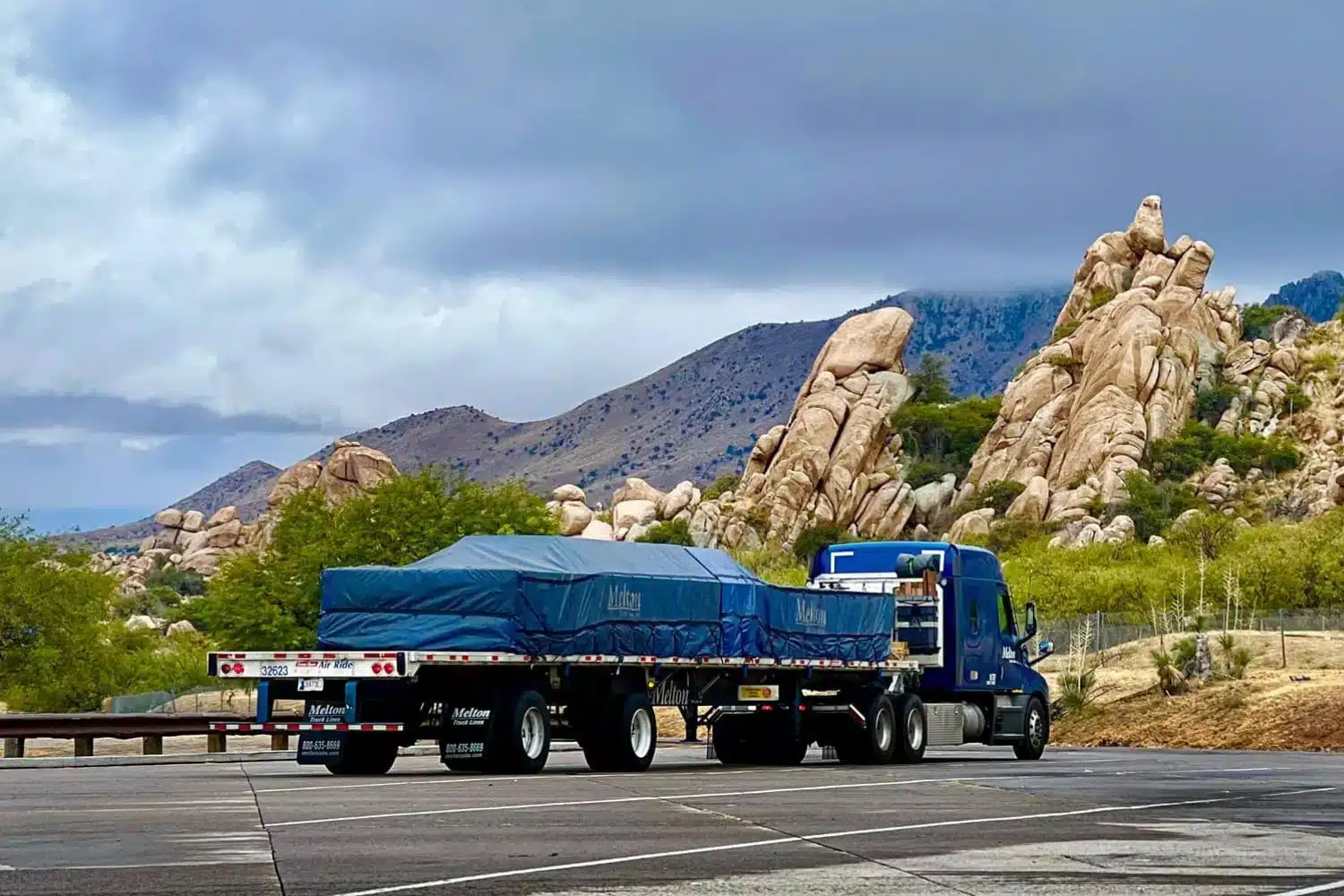
The Economic Impact of Cross-Border Shipping
Cross-border shipping between the United States and Mexico is a cornerstone of economic activity between the two nations. As trade partners, the two countries share a vital, mutually beneficial relationship. Cross-border shipping does come with many economic benefits and challenges unique to the industry. Understanding these impacts can illustrate the true scale of the effect it has on the American and Mexican economies.
US-Mexico Cross-Border Shipping Changes Over Time
The US-Mexico cross-border shipping industry has transformed significantly over the past few decades. Historically, this trade relationship focused primarily on agriculture and raw materials, but since the signing of the North American Free Trade Agreement in 1994, trade across borders has grown to include a wider range of goods and more complex supply chains. The United States-Mexico-Canada Agreement of 2020 further reinforced the trade flow and introduced modern provisions for digital trade, labor standards, and environmental protections. In recent years, many American manufacturers have also begun to implement nearshoring, the practice of moving production facilities to neighboring countries, to make shipping safer and more cost-effective in a post-COVID-19 economy.
Today, many products cross the border multiple times in different stages of production, with each side specializing in specific parts of the manufacturing process. This setup has optimized production efficiency and lowered costs, allowing for a broader range of products to be traded across a wide range of industries.
In 2023, Mexico replaced China as the United States’ top trading partner, totaling close to $798 billion in trade. In just the first quarter of 2024, trade totaled over $200 billion between the U.S. and Mexico.
Tariffs and Laws Impacting US-Mexico Shipping
A major hurdle many businesses throughout the manufacturing industry must face are new laws and tariffs. Recent tariffs and trade policies have created both challenges and opportunities for cross-border shipping. The USMCA brought several key updates, such as improved labor standards.
Under the USMCA, Mexico agreed to improve labor standards and worker protections. This part of the agreement aimed to prevent companies from relocating to Mexico solely for cheaper labor, impacting long-term trade stability and preventing worker exploitation.
Additionally, certain tariffs imposed by the US on Mexican steel and aluminum, along with retaliatory tariffs by Mexico on American agricultural products, have influenced shipping costs and volumes. Both countries have worked to ease these tensions, but companies still face pricing volatility when shipping tariff-affected goods across the border.
With additional planned tariffs on the list for 2025, shippers can expect these prices to remain volatile for some time.
Economic Benefits of US-Mexico Shipping
Cross-border shipping provides multiple economic advantages to both nations, contributing to GDP growth, job creation, and supply chain efficiency.
According to the Wilson Center, nearly 5 million US jobs depend on trade with Mexico. In the transportation and logistics industry, jobs have expanded in warehousing, distribution centers, and border-customs processing. In Mexico, manufacturing jobs have increased, especially in industries like automotive and electronics.
Cross-border shipping has additionally helped streamline supply chains by allowing businesses to access materials and products more efficiently. The impact of nearshoring has also had a major hand in this and has improved the regional integration, enabling companies to reduce their dependency on distant suppliers.
By sourcing products and materials from Mexico, US companies can receive shipments faster, reduce shipping costs, and maintain a steadier supply chain.

Challenges Posed by US-Mexico Shipping
Despite the economic advantages, US-Mexico cross-border shipping also faces challenges that stakeholders must address to maintain long-term benefits.
Cargo Theft: Cargo theft has been a rising concern for shippers and businesses in recent years, especially during cross-border freight shipping.
Delays at Borders: One of the biggest logistical challenges is congestion at border crossings. Major border checkpoints, like Laredo in Texas and Tijuana in California, often experience long wait times for trucks. These delays are due to well-regulated customs inspections, security protocols, and infrastructure limitations- but can ultimately mean hours of delay for an already tight schedule.
Environmental Concerns: The environmental impact of cross-border shipping is a significant challenge. The heavy reliance on trucking between the US and Mexico contributes to greenhouse gas emissions and air pollution, especially along the border.
US-Mexico cross-border shipping is a dynamic force in the economic landscape of both countries. While challenges exist, the benefits far underscore the importance of cross-border trade. With continued investment in infrastructure, sustainable practices, and technology, the future of cross-border shipping promises to be both resilient and economically beneficial. While these improvements are on the rise, there is still a lot of work to be done.
Until then, one of the best ways to avoid issues is to be prepared and work with an experienced carrier who knows the ins and outs of international shipping, like Melton Truck Lines. With over 40 years of cross-border experience, CTPAT certification, bilingual staff, through-trailer services, and large fleet all work together to make your international shipments more cost-effective and efficient. Learn more about our cross-border shipping services here.
